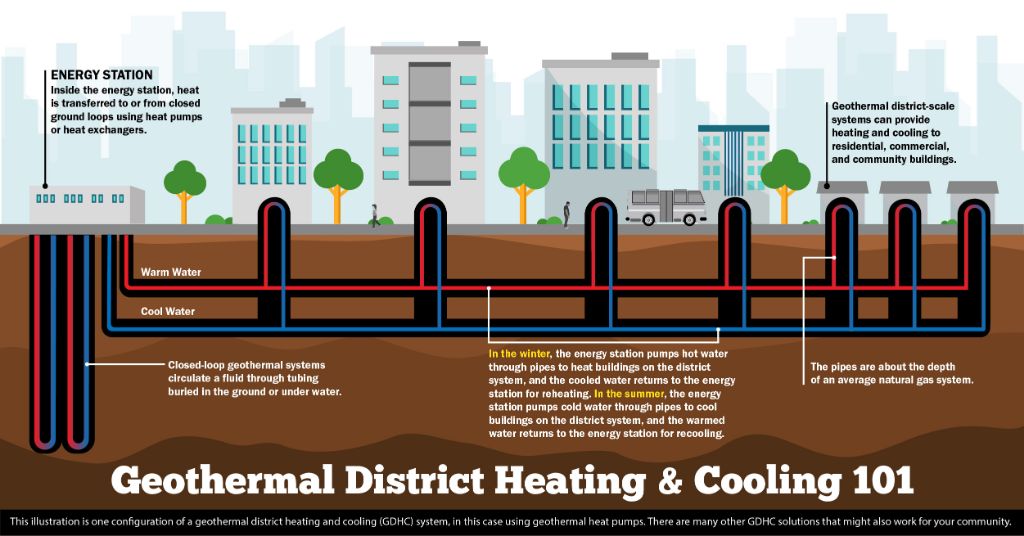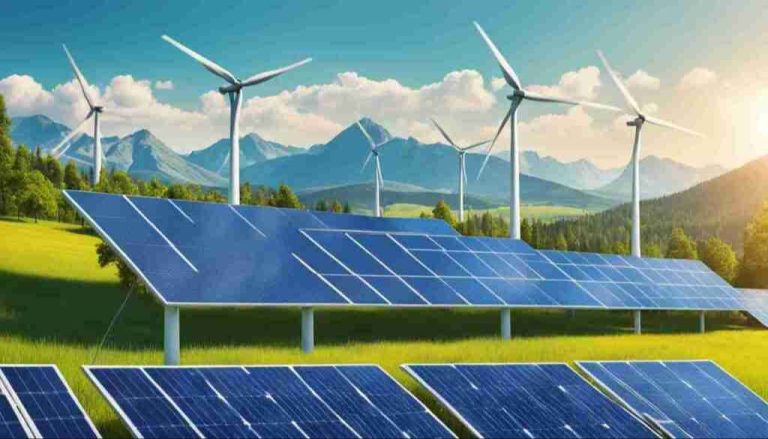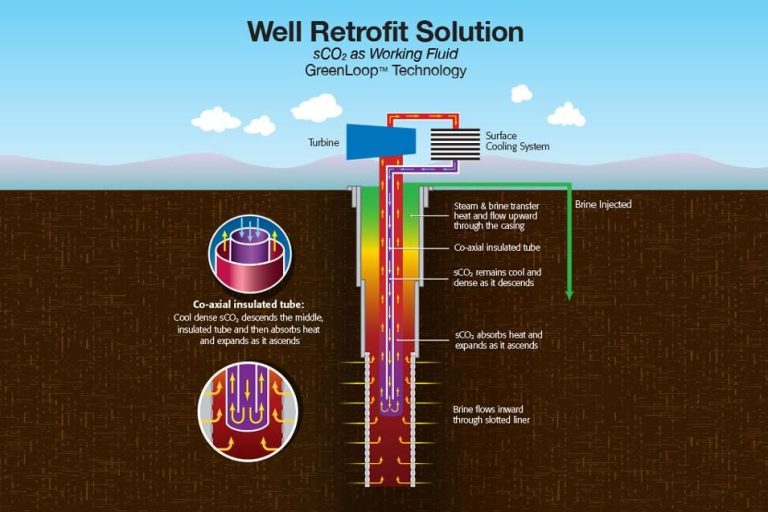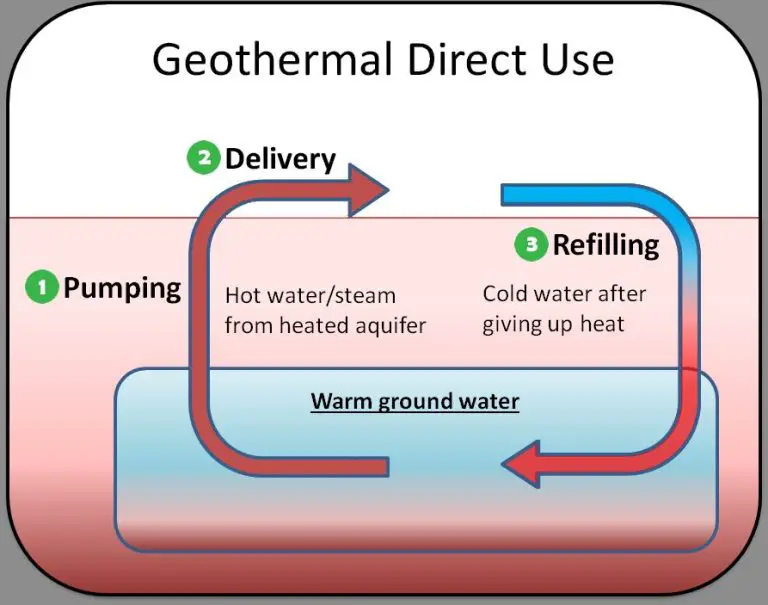Does Geothermal Work On Long Island?
Geothermal energy is heat derived from the earth. The word “geothermal” comes from the Greek words geo (earth) and therme (heat) (Geothermal Basics). There are several different types of geothermal systems that can harness the earth’s heat in the form of hot water or steam and use it for heating and electricity generation. Geothermal energy is considered a renewable energy source because the heat emanating from the earth’s interior is constantly being replenished (What is Geothermal Energy? How Does it Work? – TWI Global).
Long Island has geological features like an extensive aquifer system and radiogenic granitic bedrock that provide potential geothermal resources. However, high upfront costs and lack of widespread knowledge about geothermal have limited its deployment on Long Island so far (Geothermal explained – U.S. Energy Information …). This article will provide an in-depth examination of whether geothermal energy can be effectively utilized on Long Island.
Geology of Long Island
Long Island is characterized by glacial deposits overlying crystalline bedrock. The bedrock consists mainly of gneiss, schist, and granite, which formed over 400 million years ago (Garvies Point Museum). These metamorphic rocks reach depths of 1,500-2,000 feet below the surface. The soil is composed of loose sediments like gravel, sand, silt, and clay that were left behind by glaciers during the last ice age. Many valleys and hills were formed as glaciers advanced and retreated across the island.
Long Island’s aquifer system is made up of layers of permeable glacial sediments that hold large reserves of groundwater. The upper glacial aquifer is 50-200 feet below the surface, while the Magothy aquifer lies 200-900 feet deep in most places. The lowest Lloyd aquifer is 900-1,500 feet down (Williams College). Having multiple stacked aquifers provides ample sources of groundwater that can be tapped for domestic, agricultural, and industrial uses.
Types of Geothermal Systems
There are two main types of geothermal systems: open loop and closed loop. Closed loop systems are more common for residential use.
Closed loop systems circulate a fluid through pipes buried underground. The earth’s stable temperatures heat or cool the fluid as it circulates. There are three types of closed loop systems:
- Horizontal – pipes are buried horizontally in trenches 3-6 feet underground. This is the most common for residential systems.
- Vertical – pipes extend vertically 100-400 feet into the ground. Vertical loops require less surface space but installation costs are higher.
- Pond/Lake – coils of pipe are sunk to the bottom of a water body at least 8 feet deep. This can provide an economical cooling source in summer.
Open loop systems pump water from a well or other source into a heat exchanger. The water is then returned to the ground through a recharge well or drainage system. Open systems require access to an adequate supply of relatively clean water.
Hybrid systems combine elements of closed and open loop. They circulate fluid through closed loops but dispose of it in an open loop to a pond or well. Hybrids minimize ground contamination risk compared to open systems.
Costs of Geothermal
The upfront installation cost for a geothermal heating and cooling system averages between $18,000 to $30,000 according to ClimateMaster. This is significantly higher than installing a conventional HVAC system. However, geothermal systems can provide major long-term savings versus conventional systems.
Although more expensive upfront, geothermal systems have much lower annual operating costs than conventional HVAC systems. Geothermal systems use 25-50% less electricity than conventional systems, according to the U.S. Department of Energy. The underground loop piping and liquid transfer heat between the ground and the building, rather than directly heating or cooling the air. This makes geothermal systems much more energy efficient overall.
While a geothermal system costs more initially, it can pay for itself over time through energy savings. Many homeowners recoup the upfront cost of a geothermal system within 3-10 years. After that timeframe, the system provides ongoing cost savings versus conventional HVAC systems that require frequent repairs and have higher annual energy bills.
Efficiency of Geothermal
Geothermal heat pump systems are far more energy efficient than conventional heating and cooling systems. This high efficiency comes from the fact that they move heat rather than generate it. Efficiency is measured by the coefficient of performance (COP) for heating and energy efficiency ratio (EER) for cooling. The higher the COP and EER, the more efficient the system is.
According to the EPA, geothermal heat pumps have COPs ranging from 3.6 to 5.7 and EERs ranging from 16 to 30 1. This means for every 1 unit of electricity used to power the geothermal system, 3-5 units of heat are supplied for heating and 16-30 units of cooling are supplied. In contrast, even the highest efficiency gas furnace has a COP around 0.95 while central air conditioners often have EERs between 13-18 2.
Due to their superior efficiency, geothermal heat pumps can reduce energy use for heating and cooling by 40-70% compared to conventional systems 1. This efficiency advantage translates into significant cost savings and environmental benefits.
Environmental Benefits

Geothermal systems have significant environmental benefits compared to conventional HVAC systems that rely on fossil fuels. The most notable benefit is the reduction in greenhouse gas emissions. According to the U.S. Energy Information Administration, geothermal power plants release little to no greenhouse gases because they do not burn fossil fuels to generate electricity. The greenhouse gas emissions from geothermal plants are typically less than 5% of the emissions from coal-fired power plants.
Geothermal systems also reduce electricity usage compared to traditional HVAC systems. According to the Government of Manitoba, geothermal heat pumps use 25-50% less electricity than conventional heating and cooling systems. This electricity savings comes from the fact that geothermal systems move existing heat rather than having to convert fossil fuels into energy. The reduction in electricity usage leads to lower greenhouse gas emissions overall.
Case Studies in Long Island
Geothermal systems have been successfully installed in homes and buildings across Long Island. According to a case study report by Sustainable Westchester, the Cutchogue Fire House installed a geothermal system that provides heating and cooling through water source heat pumps (Sustainable Westchester, 2020). The system was able to reduce energy costs by over 50%.
Another success story is a home in East Hampton that installed a geothermal heat pump system in 2018. The homeowner said “We’ve cut our energy use for heating and cooling by more than half since the installation. The system pays for itself in under 5 years with the energy savings” (Bosch Home Comfort, 2022).
These case studies showcase the efficiency and cost-effectiveness of geothermal systems on Long Island. The quotes from homeowners provide first-hand testimonials on the benefits of geothermal heat pumps for heating and cooling needs.
Incentives and Rebates
There are several tax credits, rebates, and incentives available for installing geothermal systems in New York:
The New York State Geothermal Energy System tax credit offers a 25% credit on the cost of equipment and installation up to $5,000.
The federal government also offers a 26% tax credit for installing geothermal heat pumps through 2032. There are no upper limits on the federal credit.
NYSERDA, through the Clean Energy Fund, provides rebates for properly sized geothermal systems installed in New York. The rebate amount depends on the size and efficiency of the system.
Additionally, some local utility companies offer rebates or incentives for geothermal system installation. Check with your local provider for any available offers.
Challenges of Geothermal
There are some challenges and drawbacks associated with geothermal systems that homeowners should be aware of before installation. One major challenge is the high upfront cost. Geothermal systems require significant initial investments to drill ground loops and install the equipment. According to the Department of Energy, installing a geothermal system costs $20,000 on average, which is significantly higher than installing an air source heat pump or furnace [1]. These high costs can deter some homeowners from choosing geothermal.
Another potential challenge is getting access to land to install the ground loops. Geothermal systems require sufficient outdoor space for vertical or horizontal loops to be buried underground. Homeowners with small properties may not have adequate yard space for the loop field. This could make a geothermal system impossible for some properties [2]. Getting permits for larger commercial systems can also be challenging in dense urban areas.
Conclusion
In conclusion, geothermal energy can be an effective renewable energy source on Long Island, but there are some key considerations. The geology of the island, with its deep aquifers, makes geothermal possible, though a thorough site analysis is recommended for each home.
Closed loop systems tend to work better than open loop systems in this region. Upfront costs can be high, ranging from $15,000-$30,000 for installation, but energy savings of up to 70% are possible over time. This can make geothermal cost-effective overall. There are also incentives like tax credits and rebates available in New York.
There are some challenges, like drilling restrictions in Nassau County. But case studies on Long Island highlight the potential, and show geothermal reducing energy bills and carbon footprint. With proper planning and installation, geothermal can be an effective piece of the renewable energy transition on Long Island.
In summary, geothermal is a promising technology for the island, though careful consideration of costs and regulatory challenges is needed. With incentives and proper siting, geothermal can provide substantial energy and cost savings for homes and businesses while reducing environmental impact.




